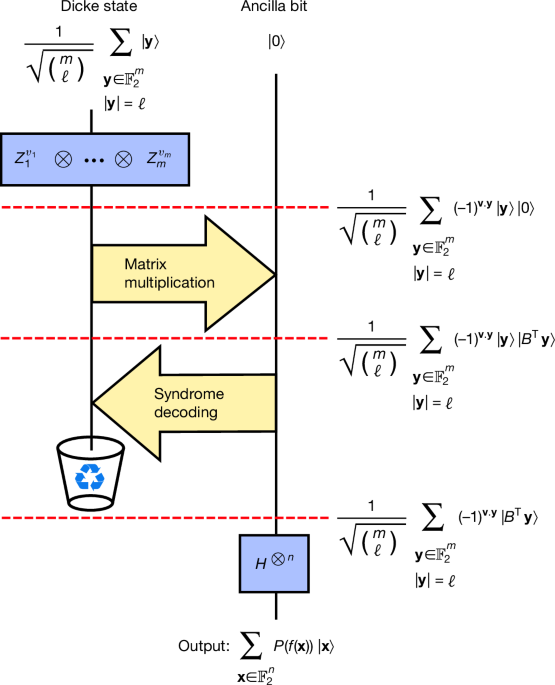AI memory system with drift detection and dream consolidation
Current AI memory systems accumulate context but can't distinguish signal from noise. Over time, they drift, degrade, and lose coherence.
- No quality filtering (garbage in = garbage retained)
- No drift detection (system doesn't know when it's diverging)
- No consolidation strategy (can't store everything forever)
- Result: Memory systems that get worse over time
ButterflyRSI solves this through three core innovations:
The system monitors its own stability in real-time and corrects when diverging. Your AI knows when it's losing coherence and self-corrects.
Inspired by neuroscience (sleep memory replay): Selects only high-quality memories, synthesizes insights from valuable experiences, prevents noise accumulation.
6-dimensional trait system that adapts without losing identity: Analytical, Creative, Empathic, Strategic, Curious, Defensive. Continuity Index tracks personality stability. Adaptive but coherent.
No external dependencies. Pure Python stdlib.
This framework wasn't built in a lab. It was developed to solve real cognitive scaffolding needs - managing complex medical protocols, tracking stability under constraints, and maintaining coherence when traditional support systems failed.
The "dream consolidation" mechanism mimics how biological brains process memories during sleep. Not all experiences are equal. Valuable patterns get replayed and strengthened. Low-quality noise is filtered out. Intelligent learning, not just accumulation.
Unlike other AI memory systems, ButterflyRSI knows when it's drifting (stability monitoring), corrects automatically (homeostatic regulation), maintains coherence (continuity tracking), and is self-aware of its own state.
ButterflyRSI wasn't built overnight. Here's how it evolved over a year of development.
Core innovations established: Dream consolidation metaphor, stability/drift tracking, mirror loop architecture, domain-specific personas.
Limitations: 150 lines single monolithic class, dictionary-based data structures, random memory selection, no personality system.
Key insight: The biological inspiration was right - dream consolidation works.
Architectural maturation: 5 specialized components (analyzers, engines, consolidators), dataclasses with full type hints, quality-weighted selection (not random), 6-dimensional personality evolution, conditional consolidation (only above threshold), 500 lines of production-ready code.
What changed: From random to intelligent memory selection, from static to adaptive personality system, from monolithic to modular architecture, from prototype to production quality.
The journey demonstrates sustained development over months, real-world testing (built while managing complex medical protocols), iterative refinement based on actual use. Not vaporware - executed and evolved.
Each component is independently testable, single responsibility, clearly documented, and type-safe.
No installation needed. Pure Python stdlib.
Requirements: Python 3.8+ Dependencies: None. Zero. Nada.
Copyright 2024-2025 Rich Sliwinski
Licensed under the Apache License, Version 2.0 (the "License"); you may not use this file except in compliance with the License. You may obtain a copy of the License at
http://www.apache.org/licenses/LICENSE-2.0
Unless required by applicable law or agreed to in writing, software distributed under the License is distributed on an "AS IS" BASIS, WITHOUT WARRANTIES OR CONDITIONS OF ANY KIND, either express or implied. See the License for the specific language governing permissions and limitations under the License. See LICENSE file for full details.
This framework emerged from necessity, not theory. Built while managing post-transplant medical protocols, complex pharmacological optimization, housing instability, and real cognitive scaffolding needs.
The result: a system that actually works because it had to.
Key insight: Your AI should know when it's losing coherence - just like humans need to recognize when they're drifting.
ButterflyRSI emerged from fundamental questions about feedback, computation, and consciousness.
My original whitepaper "The Deeper You Go, The More It Thinks Like You" explored how feedback loops manifest across computational layers, from Python to quantum circuits, mirroring biological cognition.
Key insight: Self-regulation through feedback is universal. From cells maintaining homeostasis to neurons processing information, feedback enables adaptation and learning.
ButterflyRSI implements this principle: Mirror loop = feedback mechanism, Drift detection = homeostatic regulation, Dream consolidation = synaptic pruning, Personality evolution = adaptive plasticity, Self-correction = biological intelligence.
Theory to Prototype to Production.
For inquiries:
- Email: [email protected]
- GitHub: @ButterflyRSI
For collaboration or questions: Open an issue or reach out directly.
If you use ButterflyRSI in research or projects:
vs. Traditional AI Memory:
| Memory Selection | Append-only | Quality-weighted |
| Drift Detection | None | Real-time monitoring |
| Self-Correction | None | Automatic homeostasis |
| Consolidation | None | Intelligent replay |
| Personality | Static | Evolving (6D traits) |
| Self-Awareness | None | Stability tracking |
ButterflyRSI is self-aware, self-correcting memory - it knows when it's working and when it's not.
Ready to try it? Clone the repo and run the demo. No dependencies, no bullshit.
Built by someone who refused die and decided to learn quantum physics instead.
.png)






